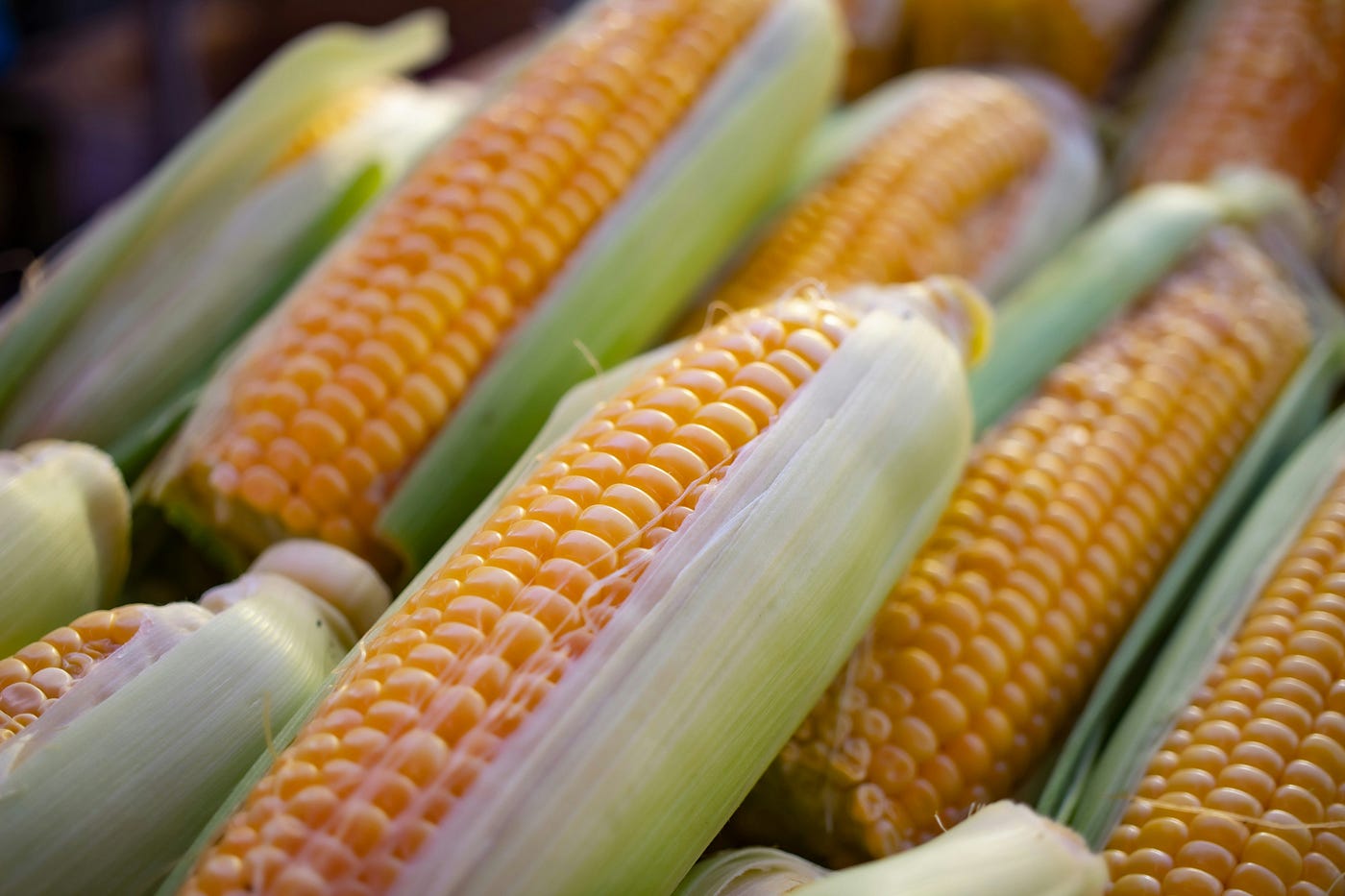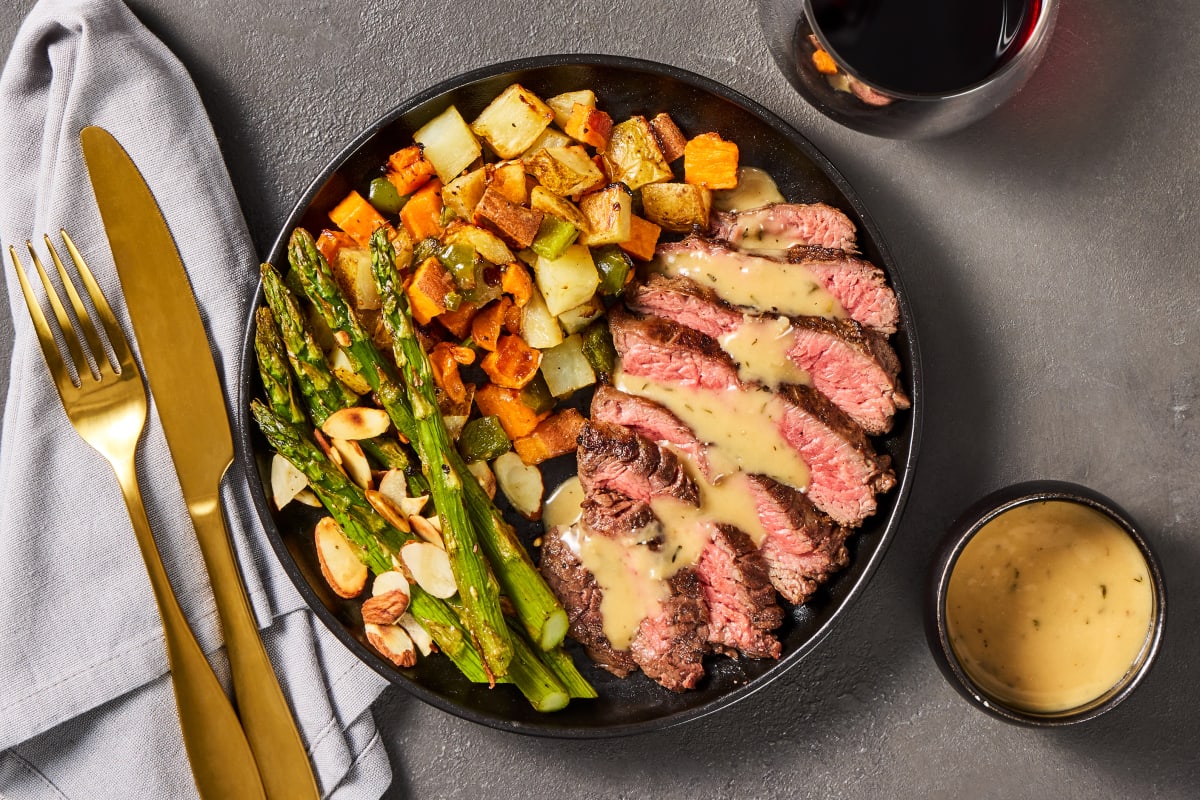– Lambs and goats belong to different scientific genuses (Capra genus for goats and Ovis genus for lambs).
– Lambs are baby or adolescent sheep, while goats can refer to a goat at any age.
– Lambs are small (10-40 pounds), while goat size depends on the species.
– Lambs have young, woolen, white, and gangly appearance, while goats come in a variety of colors and have hair instead of wool.
– Lambs don’t have horns, while goats usually have horns, especially if they are male.
– Lambs have a wooly tail that points down, while goats have a hairy tail that points straight up.
– Age is the primary difference between lambs and goats, with lambs being young sheep and goats referring to goats at any age.
– Lambs tend to look much younger than adult sheep, while it can be hard to tell the age of a goat.
– Lambs grow wool, while goats have a hairy coat.
– Lambs have shorter wool compared to adult sheep.
– Lambs reach peak wool production when they become adults, and their optimum wool age is between 3-5 years.
– Lambs are raised for their fleece and wool, while goat hair is not used commercially.
– Lambs and sheep have downward-pointing tails that are thick and wooly, while goat tails point upward and are more slender and hairy.
– Lambs do not have horns, but sheep can grow horns as they age, while goats have horns on top of their heads.
– Goats are browsers and eat plants, twigs, leaves, and shrubs, while lambs graze for grass on the ground.
– Lambs receive nutrition from their mother’s milk, while goats figure out their own nutrition.
– Baby goats also need their mother’s milk to survive.
– Sheep, lamb, goat, and kid meat are consumed in various parts of the world.
– Sheep meat is generally called mutton, but in some areas, goat meat is also called mutton.
– Lamb meat is called lamb.
– Goat meat has a mild and slightly sweet flavor, while lamb meat tastes more gamey and rich.
– Goats eat a wider variety of vegetation, including herbs, which contributes to their flavor.
– Lamb graze in pastures of grass, which affects the taste of their meat.
– Goat meat has lower fat content than lamb, but more calories and protein than mutton.
– Goat and lamb meat both have vitamins and minerals beneficial to humans.
– Lamb meat is more vitamin-rich, while goat meat is more mineral-rich.
– Goat meat is usually smoked, roasted, or braised due to its toughness.
– Lamb meat is delicate and tender, and can be pan-fried or slow-roasted.
– Lambs and goats are from different scientific genuses: goats are from the Capra genus, while lambs are from the Ovis genus.
– Lambs are considered young sheep, while goats can refer to a goat of any age.
– Lambs are usually under one year of age, while goats can be any age.
– Lambs have white and woolen fur, while goats come in a variety of colors and have hair.
– Lambs tend to look much younger than their older sheep counterparts.
– Goat horns are often found atop their heads and can be pointy or uniquely shaped, while sheep horns can also be rounded.
– Goats have a hairy coat, while lambs are just beginning to grow their wool.
– Wool is dense and soft, while goat hair is coarse and ranges in length.
Continue Reading









